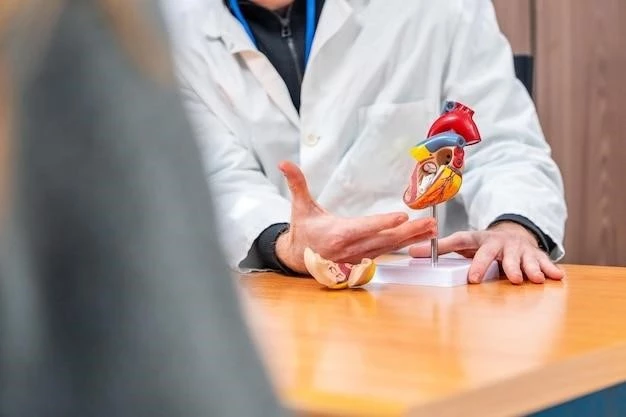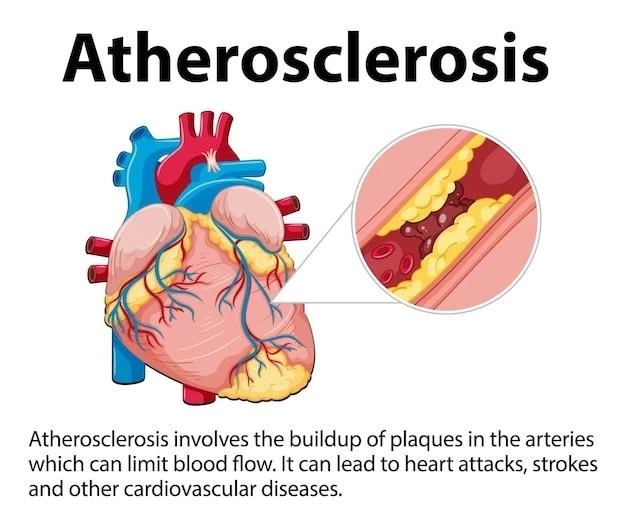Causes of Cystic Medial Necrosis
Genetic Factors
Cystic Medial Necrosis can be influenced by genetic predisposition, with certain genes implicated in weakening the artery walls.
Connective Tissue Disorders
Connective tissue disorders like Marfan syndrome can contribute to the development of Cystic Medial Necrosis by weakening the aortic walls.
Symptoms of Aortic Aneurysm
Chest or Back Pain
Chest or back pain are common symptoms of an aortic aneurysm, which may indicate the need for immediate medical evaluation and intervention.
Pulsating Abdominal Mass
A pulsating abdominal mass can be a symptom of an aortic aneurysm, and it requires prompt medical attention to prevent potential complications.
Treatment Options for Cystic Medial Necrosis
Medication Management
Medication management for Cystic Medial Necrosis aims to control blood pressure and reduce stress on weakened arterial walls, helping to manage the condition effectively.
Surgical Interventions
Surgical interventions for Cystic Medial Necrosis may include procedures like aortic root replacement or repair to prevent complications and maintain cardiovascular health.
Risk Factors for Aortic Aneurysms
Age and Gender
Risk factors for aortic aneurysms include advancing age, with males being more predisposed. Regular screenings are crucial for early detection and intervention.
Smoking and Hypertension
Smoking and hypertension are significant risk factors for aortic aneurysms, leading to increased stress on the arterial walls and potential complications. Lifestyle modifications are key.

Surgical Interventions for Aortic Aneurysms
Endovascular Aneurysm Repair (EVAR)
Endovascular Aneurysm Repair (EVAR) is a minimally invasive procedure for aortic aneurysms, involving the placement of a stent graft to reinforce the weakened arterial wall.
Open Surgical Repair
In open surgical repair for aortic aneurysms, a traditional surgical approach is taken to directly repair or replace the weakened or damaged section of the aorta.
Complications of Cystic Medial Necrosis
Aortic Dissection
Aortic dissection is a severe complication of Cystic Medial Necrosis, where the layers of the aorta separate, requiring immediate medical attention and intervention to prevent life-threatening consequences.
Aortic Rupture
Aortic rupture, a life-threatening complication of Cystic Medial Necrosis, occurs when the weakened aorta tears or bursts, necessitating emergency medical treatment to prevent catastrophic outcomes.
Prevention of Aortic Aneurysms
Healthy Lifestyle Choices
Adopting healthy lifestyle choices such as regular exercise, a balanced diet, and avoiding smoking can help reduce the risk of developing aortic aneurysms and promote overall cardiovascular health.
Regular Screening for High-Risk Individuals
Regular screening for high-risk individuals, including those with a family history of aortic aneurysms or with risk factors like hypertension, can aid in early detection, allowing for timely intervention to prevent complications.
Diagnosis of Cystic Medial Necrosis
Imaging Tests (CT٫ MRI)
Imaging tests like CT scans and MRI are commonly used to diagnose Cystic Medial Necrosis, providing detailed images of the aorta to identify any abnormalities or structural changes.
Biopsy of Affected Tissue
A biopsy of affected tissue may be performed in the diagnosis of Cystic Medial Necrosis, involving the removal and examination of a small sample to determine the underlying pathology.
